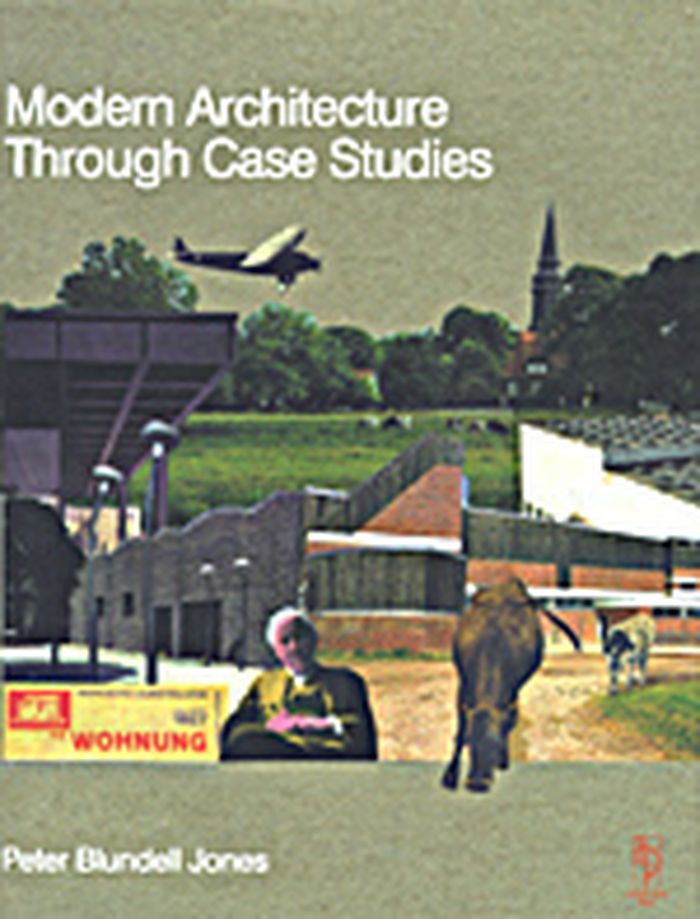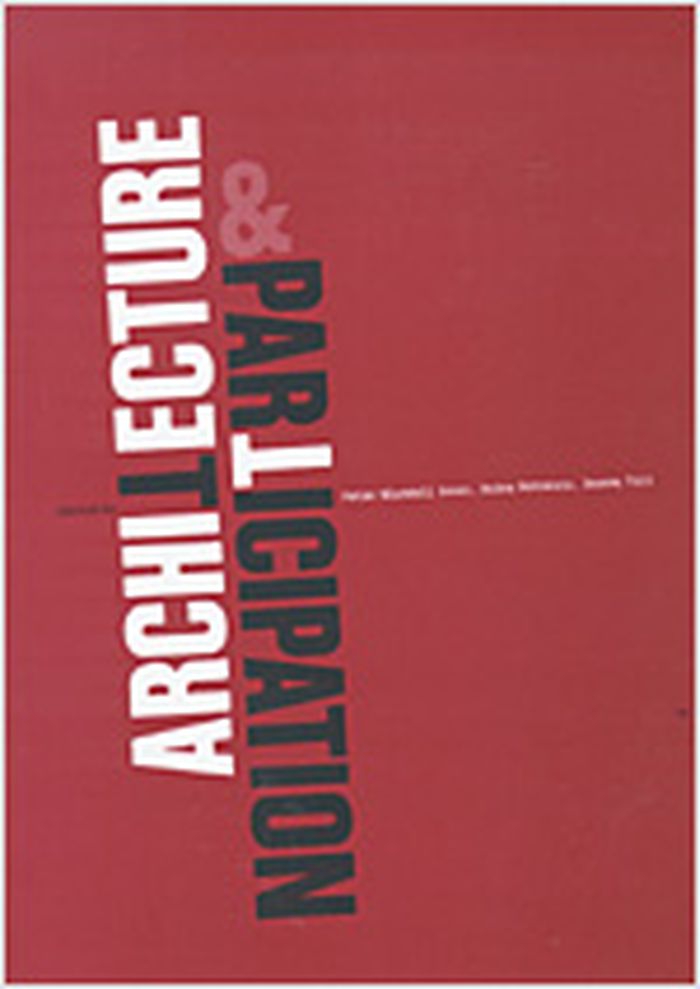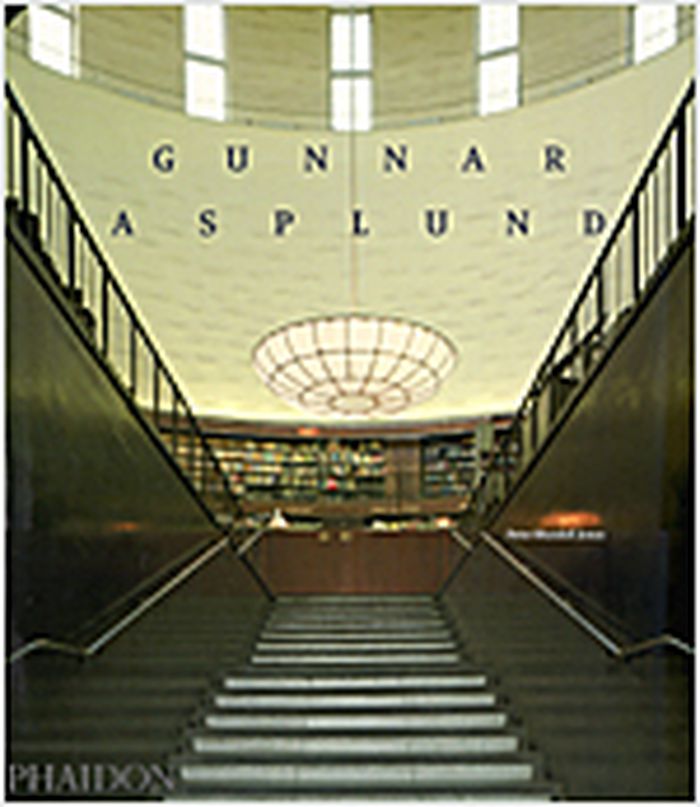$80.00
(disponible en magasin)
Résumé:
Peter Blundell Jones details the inadequacy of the first histories of the Modern Movement by revealing the existence of suppressed alternative traditions within the movement and shows their great diversity through the use of case studies. Each case is analysed in detail then used as a springboard to explore different theoretical approaches.
Modern architecture through case studies
Actions:
Prix:
$80.00
(disponible en magasin)
Résumé:
Peter Blundell Jones details the inadequacy of the first histories of the Modern Movement by revealing the existence of suppressed alternative traditions within the movement and shows their great diversity through the use of case studies. Each case is analysed in detail then used as a springboard to explore different theoretical approaches.
Modernisme
$102.95
(disponible sur commande)
Résumé:
This book questions whether a participative approach to architecture may lead to new spatial conditions as well as to new types of architectural practices.
Théorie de l’architecture
avril 2005, London
Architecture and participation
Actions:
Prix:
$102.95
(disponible sur commande)
Résumé:
This book questions whether a participative approach to architecture may lead to new spatial conditions as well as to new types of architectural practices.
Théorie de l’architecture
livres
$109.00
(disponible sur commande)
Résumé:
Oneplanetarchitecture is the design philosophy Thomas Rau, the founder and director of RAU, developed over the recent years. It implies a broad approach towards the building task taking into account the material and immaterial needs of users, the place, the society, and the planet earth. Therefore the process as such is a central part in the work of RAU which always(...)
Oneplanetarchitecture: The architecture of RAU
Actions:
Prix:
$109.00
(disponible sur commande)
Résumé:
Oneplanetarchitecture is the design philosophy Thomas Rau, the founder and director of RAU, developed over the recent years. It implies a broad approach towards the building task taking into account the material and immaterial needs of users, the place, the society, and the planet earth. Therefore the process as such is a central part in the work of RAU which always results in a unique concept which is imbedded into the building's social and urban context.
livres
février 2011
Architecture, monographies
Gunnar Asplund
$99.95
(disponible sur commande)
Résumé:
Although a contemporary of Walter Gropius and Le Corbusier, Asplund pursued an architecture that does not fit easily into their view of Modernism as a movement that rejected the applied styles and ornamentation of the nineteenth century. Instead, Asplund was at ease with classical or vernacular elements blending with modernist ideals, and displayed a sensitive(...)
Gunnar Asplund
Actions:
Prix:
$99.95
(disponible sur commande)
Résumé:
Although a contemporary of Walter Gropius and Le Corbusier, Asplund pursued an architecture that does not fit easily into their view of Modernism as a movement that rejected the applied styles and ornamentation of the nineteenth century. Instead, Asplund was at ease with classical or vernacular elements blending with modernist ideals, and displayed a sensitive understanding of the relationship between architecture and its surrounding landscape. His abilities are amply demonstrated in masterpieces like the Woodland Cemetery. In 1915 Asplund and Sigurd Lewerentz won the competition to plan a new cemetery for Stockholm. Their romantic plan, in which a symbolically straight, narrow pathway abruptly curves blindly away into the forest, and with open fields capped by burial-mound-like hillocks, earned both of them further commissions for buildings within the cemetery. Asplund’s Woodland Chapel of 1920 is tucked into the forest and uses classical elements such as Doric columns, but sparingly and in unusual ways, while manipulating scale in ways that further the spiritual and contemplative nature of the building. The Crematorium and Monument Hall of 1935 are dignified and powerful, unornamented but not austere, to offer comfort to those who use them. The Gothenburg Law Courts, another critical work which was finally completed in 1937, shows how Asplund relates the architecture of Modernism to a historical plan and façade. Buildings such as the architect’s own summer house at Stennäs and the crematoria at Kviberg and Skövde, dating from the later part of his life when he had begun to embrace Modernism, still show traditional classical and vernacular influences and are evidence that not all forms of Modernism constituted a fresh start.
Architecture, monographies


